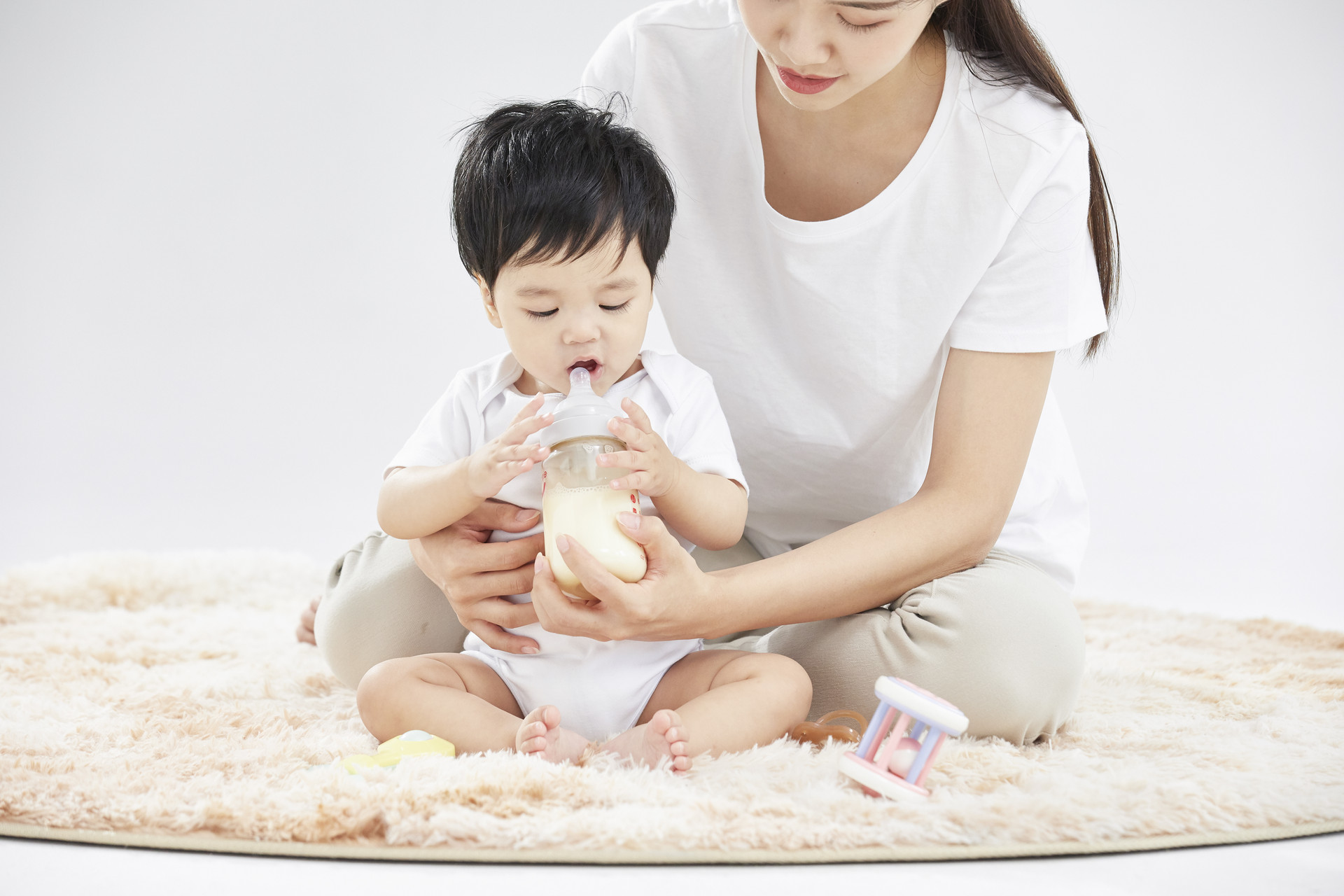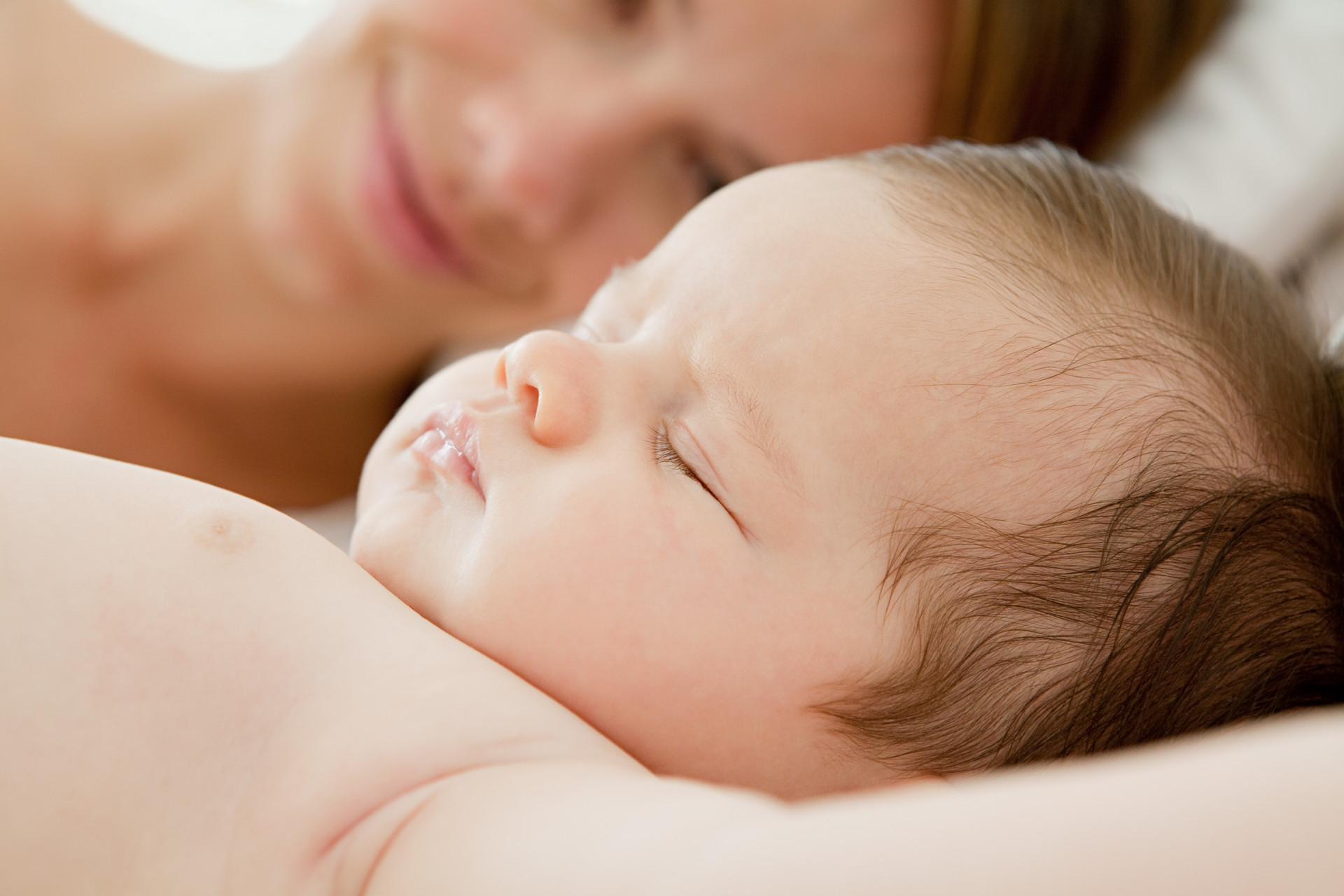Baby iron deficiency anemia occurs most often between 6 months and 3 years of age. Most parents are unaware of this condition and do not pay attention when their baby shows symptoms of iron deficiency anemia. The symptoms of baby iron deficiency anemia are not initially obvious and the severity depends on the degree and rate of anemia. Common symptoms include restlessness, lethargy, decreased appetite, and pale skin and mucous membranes, especially in the lips, mouth, nails, and palms. So, do you know the causes of baby iron deficiency anemia? What should you do if your baby has iron deficiency anemia? What are some dietary remedies for baby iron deficiency anemia? Preventing these conditions early is responsible parenting. Today, I will discuss these topics with you. In the period of rapid growth and development in infants, if the iron stored in the body is depleted and the dietary iron intake is insufficient, the absorption of iron in the digestive tract is not enough to replenish the blood volume and increase in red blood cells, leading to anemia.
Causes of Baby Iron Deficiency Anemia
1. Insufficient iron reserves at birth: Over 75% of the total iron in newborns is found in hemoglobin. Therefore, the iron content in newborns mainly depends on blood volume and hemoglobin concentration, which is directly proportional to body weight. For example, a newborn weighing 3.3 kg has a total iron content that is 2 times higher than a premature infant weighing 1.5 kg. Therefore, the lower the birth weight, the lower the total iron content in the body and the greater the likelihood of developing anemia. In addition, if the fetus transfers blood to the mother through the placenta, or if one fetus transfers blood to another in the case of twins, or if there is placental vascular rupture during delivery, it may affect the iron content in the newborn's body and cause iron deficiency anemia.
2. Rapid growth rate: Infants grow rapidly and their blood volume increases quickly. By 5 months, a normal baby's weight has doubled, and by 1 year, it has tripled. Premature infants grow even faster and can increase their weight 6-fold by 1 year. Therefore, premature infants require much more iron than normal infants. If an adequate amount of iron is not supplied in a timely manner, anemia will occur.
3. Dietary iron deficiency: Infants mainly consume milk products, which have a very low iron content. The iron content in breast milk is influenced by the mother's diet, with an average iron content of 1.5mg/L. The iron content in cow's milk is lower than that in human milk, and goat's milk has even less iron. The absorption rate of iron in human milk is higher than that in cow's milk. If a 6-month-old baby is adequately breastfed, it can maintain normal levels of hemoglobin and iron stores. If breastfeeding is not possible, fortified iron formula should be used, and complementary foods should be introduced in a timely manner to prevent anemia.
4. Chronic small amounts of bleeding: Common causes of chronic bleeding include gastric dilatation, diaphragmatic hernia, polyps, hookworm disease, nosebleeds, and excessive menstrual bleeding in girls. Chronic small amounts of bleeding are also common causes of iron deficiency anemia.
What to Do if Your Baby Has Iron Deficiency Anemia
1. Supplement iron-rich foods, such as iron-fortified infant formula, iron-fortified rice cereal, or iron-fortified vitamin drops. Additionally, include foods rich in vitamin C, such as tomato juice or pureed vegetables, to enhance iron absorption. Once your baby starts eating solid foods, include foods that are high in iron, such as egg yolk, rice porridge, and vegetable porridge, but avoid giving sugar as it inhibits iron absorption.
2. Monitor your baby's physical condition closely and, if necessary, have a hemoglobin test done to check for mild anemia. Mild anemia may not be visible externally. If your baby has low hemoglobin levels, it indicates anemia and iron supplementation is necessary by consuming foods high in iron.
3. Regarding fortified iron diets, full-term infants can start at 4-6 months (no later than 6 months), and premature and low birth weight infants can start at 3 months. The simplest method is to add ferrous sulfate to milk or complementary foods. For breastfed infants, add iron-fortified cereals 1-2 times a day. The maximum daily dose for full-term infants is 1mg/kg/day (2.5% FeSO4 0.2ml/kg/day), and for premature infants, it is 2mg/kg/day. The maximum daily total dose is 15mg and should not be used at home for more than a month to avoid iron toxicity.
4. For formula-fed infants, after 6 months, the total amount of non-fortified cow's milk should not exceed 750ml, as it would displace the intake of iron-rich foods.
5. For children and adults, it is recommended to add 13-16mg of iron per pound of flour. In rural areas of China, where cereal and starch-based diets are common and hookworm disease is prevalent, attention must be paid to increasing meat consumption as iron absorption from cereals is not as efficient as iron from meat.
Dietary Remedies for Baby Iron Deficiency Anemia
1. Pork Liver
Pork liver contains 31.1mg of iron and 20.8mg of protein per 100g. Pork liver is also rich in vitamin A and folic acid, making it a well-rounded source of nutrition. However, pork liver also contains a high amount of cholesterol, so it should not be consumed in large quantities at once.
Pork Liver Congee
2. Beef
Beef contains 3.2mg of iron and 20.1mg of protein per 100g. Beef has high nutritional value and promotes healthy digestion, but it should be cooked thoroughly and tenderized before feeding it to babies.
3. Pork
Pork contains 3.4mg of iron and 18.4mg of protein per 100g. Pork has the added benefit of nourishing the intestines and stomach and is a common source of iron in a baby's daily diet.
4. Chicken Liver
Chicken liver contains 13.1mg of iron and 16.6mg of protein per 100g. Chicken liver is rich in heme iron, zinc, copper, vitamin A, and B vitamins, making it a good choice for replenishing iron in babies.
5. Pork Kidney
Pork kidney contains 5.6mg of iron and 16.8mg of protein per 100g. Pork kidney is rich in zinc, iron, copper, phosphorus, B vitamins, vitamin C, protein, and fat. However, be sure to clean the pork kidney thoroughly before cooking.
6. Chicken Blood
Chicken blood contains 28.3mg of iron and 10.1mg of protein per 100g. Chicken blood is rich in iron, zinc, amino acids, and vitamins, especially high in iron and lysine, and is easily absorbed by the body.
7. Soybeans
Soybeans contain 9.4mg of iron and 32.9mg of protein per 100g. Soybeans are nutrient-rich and high in iron, although the absorption rate of iron from soybeans is slightly lower than that from animal sources.
8. Egg Yolk
Egg yolk contains 10.2mg of iron and 15.2mg of protein per 100g. Egg yolk is rich in iron, zinc, and vitamin D, and is one of the most important foods for babies, as long as there are no allergies.
Baby iron deficiency anemia is not as scary as it sounds. Parents can pay more attention to their baby's diet and other aspects, and gain new insights and discoveries about the causes of baby iron deficiency anemia, what to do if your baby has iron deficiency anemia, and dietary remedies for baby iron deficiency anemia. I hope the information I provided is helpful to parents.











